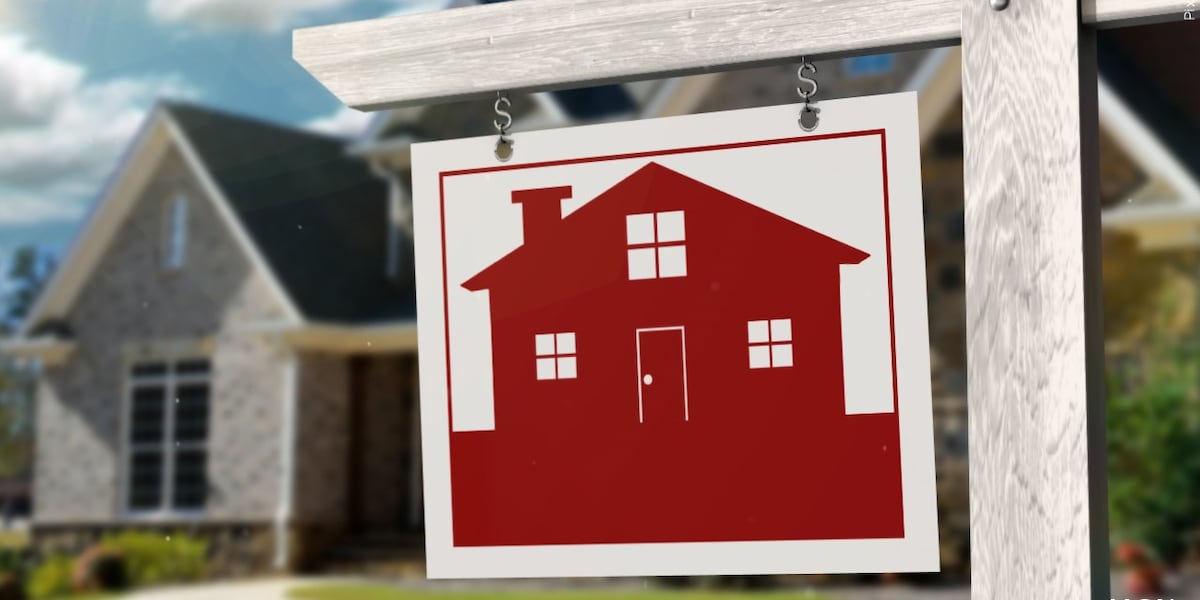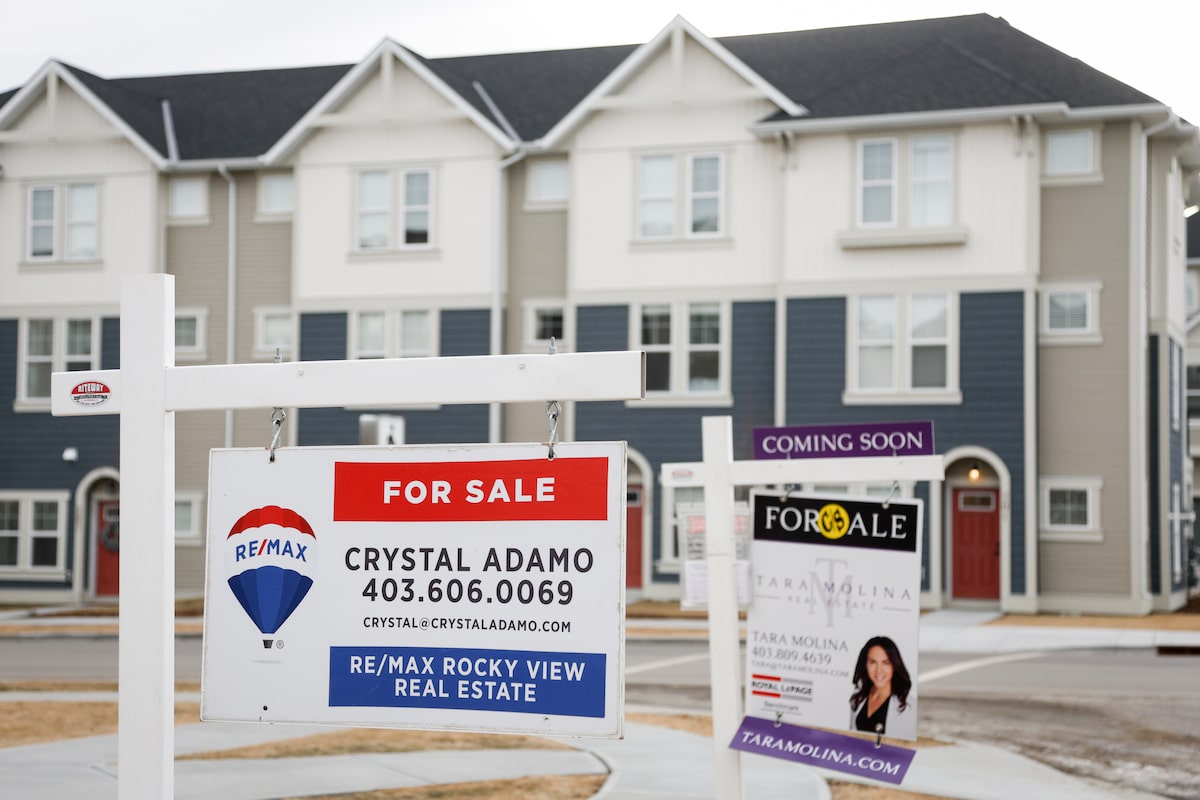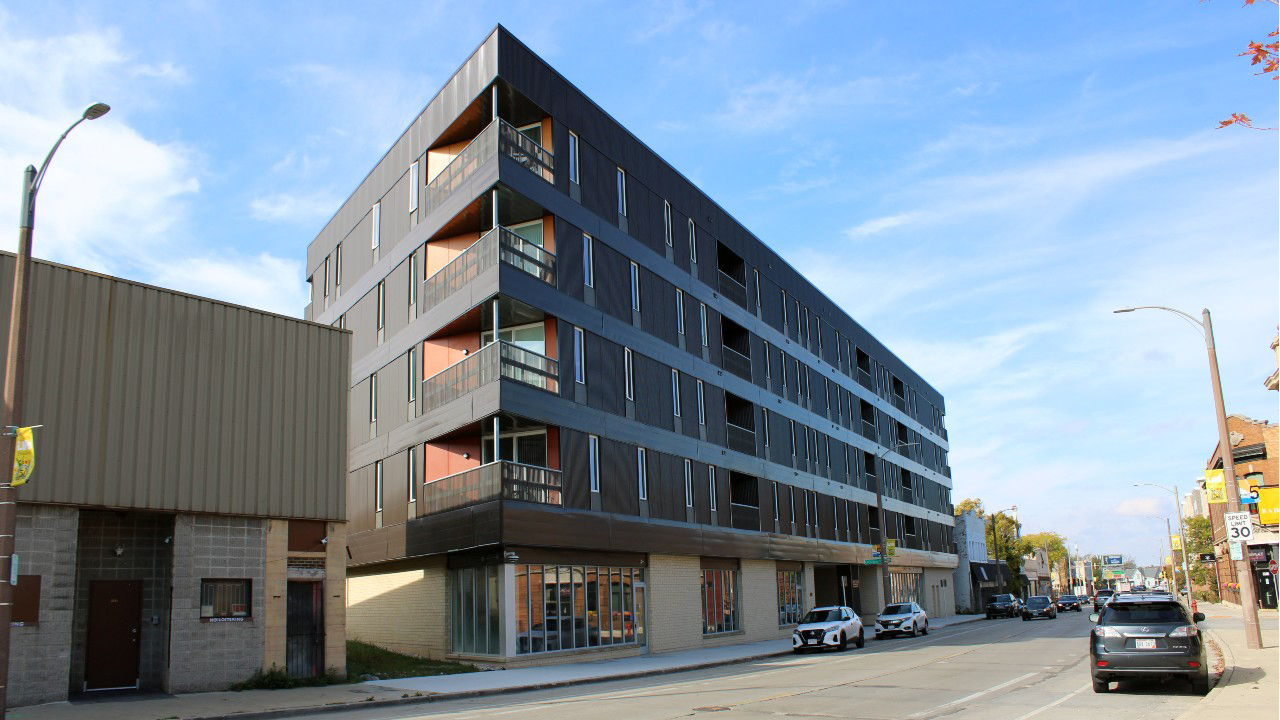R
eal estate economists' outlook on the US economy and real estate markets improved throughout the year as economic data remained strong and real estate values and performance neared bottom. The Fall 2024 ULI Real Estate Economic Forecast, a semiannual survey of economists and analysts, marked a shift toward greater optimism for real estate performance in the near term.
The consensus view among respondents is that a soft landing has become the norm, with forecasts generally in line with long-term historical averages. Annual GDP growth and employment growth forecasts increased relative to Spring 2024 predictions. Survey respondents also projected slightly lower 10-Year U.S. Treasury rates, as the Federal Reserve began to cut interest rates.
Lower interest rates are expected to help kickstart recovery in real estate performance and thaw capital markets. Economists predict that real estate values will end 2024 at trough levels and begin to recover in 2025 and 2026. Recovering values will boost real estate returns, but performance will continue to vary by property type.
Key findings from the survey include:
* Return forecasts rose for three of the four main property types—office forecasts declined—compared to six months ago.
* Retail return forecasts are highest, at an annual average of 4.8 percent.
* Industrial and apartment returns follow at 4.0 percent and 3.4 percent, respectively.
* Economists continue to expect the office sector to suffer, with an average annual return of -2.7% through 2026.
Commercial mortgage-backed securities issuance forecasts rose notably from six months ago, with respondents expecting annual issuance to rise from $85 billion in 2024 to $110 billion in 2025 and $120 billion in 2026.
Rent growth forecasts continue to vary by property type, but economists' forecasts rose for apartments and office, held steady for retail, and edged down modestly for industrial relative to six months ago. Except for office, average rent growth forecasts for the three other main property types were at their long-term historical averages or above them.
Vacancy forecasts rose for industrial and retail relative to Spring 2024 predictions, but both are expected to remain below long-term averages. In contrast, vacancy forecasts fell for apartment and office but remain above historical average rates.
Hotel occupancy rate forecasts declined slightly from six months ago but remained above the long-term average. Occupancy is projected to rise steadily from 63.0 percent in 2024 to 63.9 percent in 2026.
Single-family construction has been strong recently, and economists expect this trend to continue. Forecasts for single-family housing starts ticked up modestly in the fall survey for all three forecast years. Starts are predicted to remain above their historical average of 890,000 and rise to 975,000 in 2024, 1.0 million in 2025, and 1.1 million in 2026.
Key findings for major economic indicators include:
* Economists project the economy to perform in line with historical averages in the near term.
* Annual GDP growth is expected to total 2.5 percent in 2024 and 2.0 percent in 2025, both 30 basis points higher than Spring forecasts.
* Respondents' forecasts for employment growth similarly increased, with annual growth forecasts for 2024 rising from 1.8 million in the Spring to 2.3 million.
The unemployment rate is projected to end the year at 4.3 percent and hold steady at that rate through 2026. Economists' outlook for the Consumer Price Index (CPI) also improved, with respondents expecting inflation to end 2024 at 2.6 percent before moderating further to 2.5 percent in 2025 and 2.3 percent in 2026.















